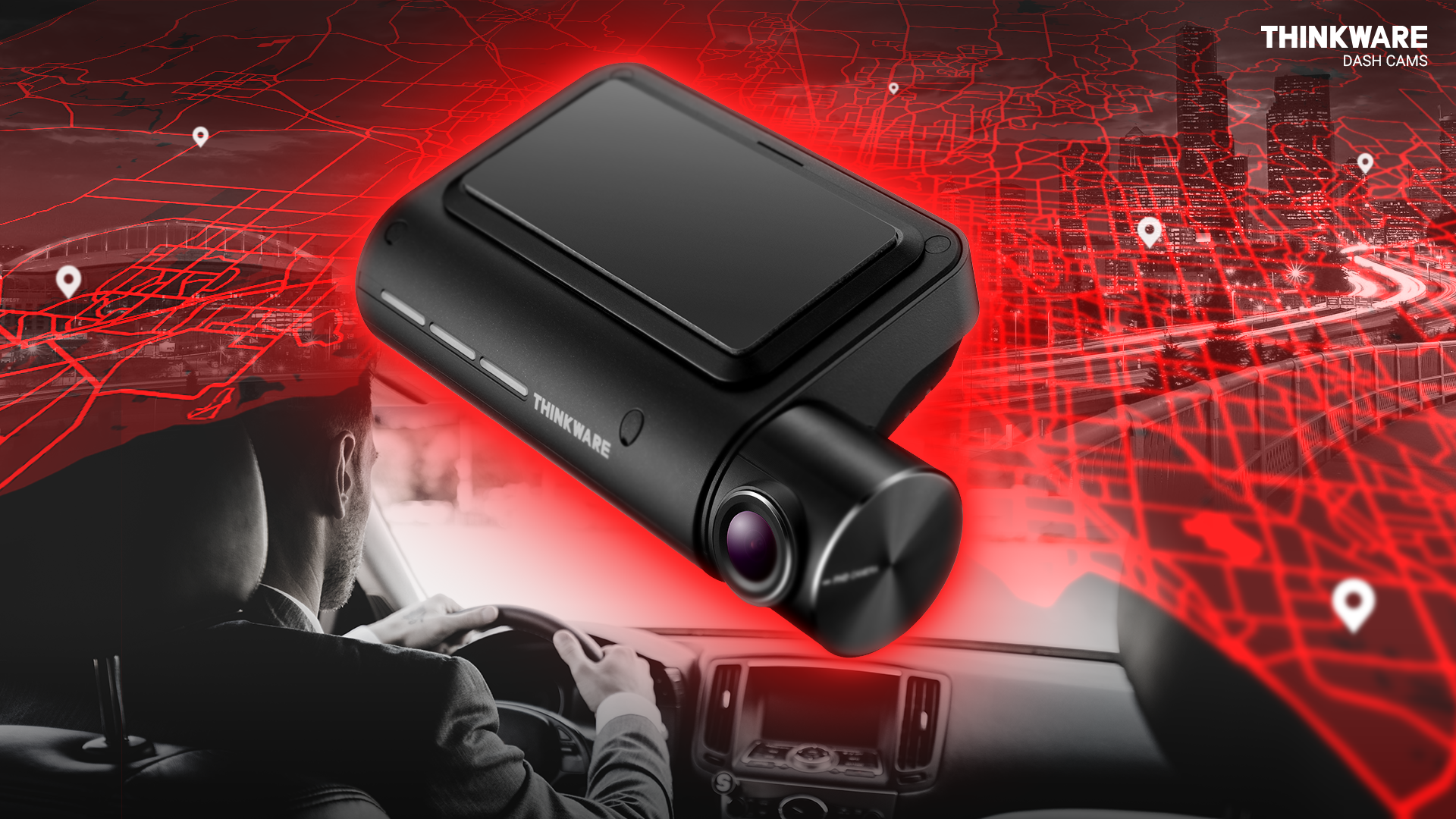The number of road mishap-related deaths in Australia has hit an all-time low in the last five years.
Based on a The Guardian article, Australia’s Bureau of Infrastructure, Transport and Regional Economics attributed this to a 6.4-percent drop in fatalities with 1,146 deaths recorded in 2018 compared to 1,224 in 2017.
As good as it reads, this welcome development might have something to do with a study conducted sometime in 2014, revealing 54-percent of Australian drivers deem dash cams as a prolific evidence-gathering tool.
Fast forward to 2019, one should take a hard look not only at dash cams’ positive impact on today’s road safety, but also at the holistic safety and security factors they bring about through the Global Positioning System (GPS). Let’s count reasons you need a dash cam with GPS:
1. Geo connectivity
There are two ways to get a GPS-powered dash cam: First, you may buy one with built-in GPS or second, get an external GPS receiver and connect it to a compatible dash cam. This keeps you in the loop on the vehicle’s real-time whereabouts.
Given that it provides the current location, it also enables users using a corresponding smartphone app or software to receive timely alerts in case the vehicle figures in a collision or accident, with GPS data log bearing the accurate speed, location and time information in tow.
2. Preventive alert system
If you’re leaning toward impeccable driving, then it’s highly recommended for you to leverage what GPS and Advanced Driver Alert System (ADAS) brings to the fold. But here’s the catch: The reliability and accuracy of it hinge on the GPS device in place.
For instance, you’re driving at a speed of at least 50 kilometres per hour when ADAS took notice you’re leaving the lane (maybe due to drowsiness or getting distracted), ADAS will quickly notify you to avoid figuring into accidents.
As we know, the key to hassle-free travels is maintaining the proper distance between your vehicle and the one you’re following. Through ADAS’ forward collision warnings, the dash cam measures your real-time distance with the car in front of you and issues a three-level early warning to avert rear-ending the latter.
Vehicle departure warning, for its part, gives you timely notifications to step on the gas as soon as the car in front of you has started moving. This intelligent guidance system keeps you alert at all times.
3. Safe driving
No matter which territory you may be, abiding by the traffic rules and regulations should be a non-negotiable.
With a GPS-driven dash cam, you can get accurate location information on upcoming fixed speed spots to avoid getting ticketed for a speeding violation. Even better, it can also give you a heads-up if there’s a red light ahead so you can reduce the speed in a timely manner.
Mobile speed zones are scattered across Australia and New Zealand and a dash cam with GPS function knows and helps you spot exactly where they are.
Guided, practically safe driving
With GPS-equipped dash cam, it’s certain that your driving history, speed data, precise location and routes will be recorded for future use; hence enhancing one’s driving experience. In case of an accident, it helps deliver a truthful account of what actually went down.
Know more about how dash cams with GPS can empower your driving capabilities.
Keep in touch with us here today.
References:
“Road deaths Australia (Dec. 2018).” Bureau of Infrastructure, Transport and Regional Economics.
“Australia’s road deaths at lowest level in four years.” The Guardian.
“Australia embraces dash cams.” Carsguide.
“WiFi and GPS for Dash Cams.” BlackBoxMyCar.

